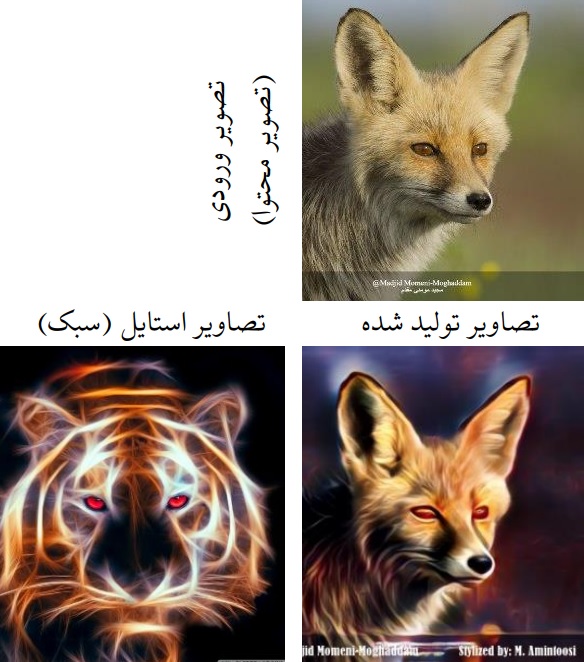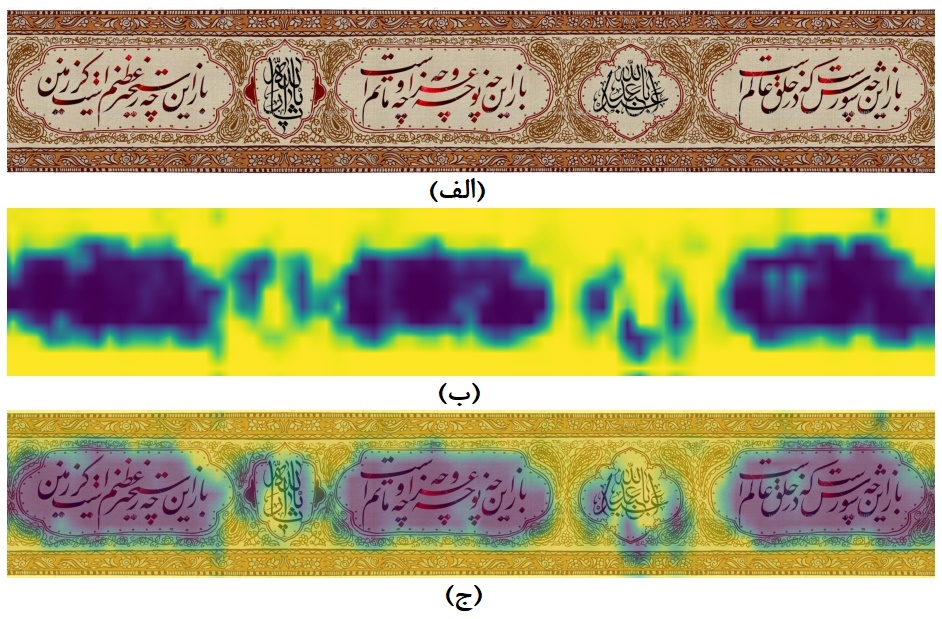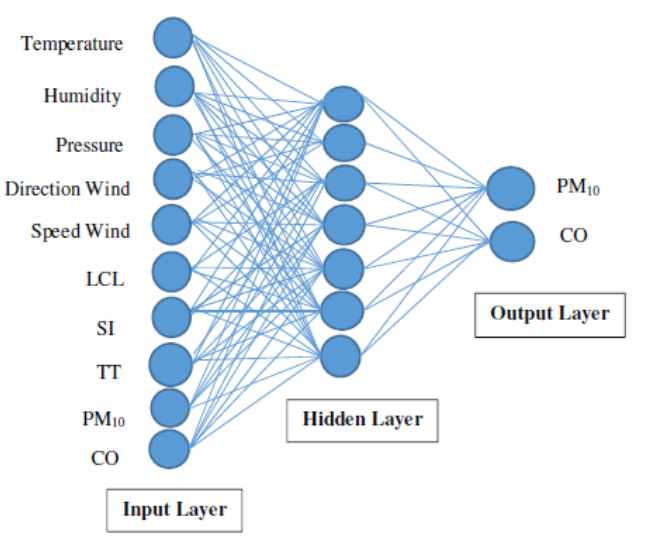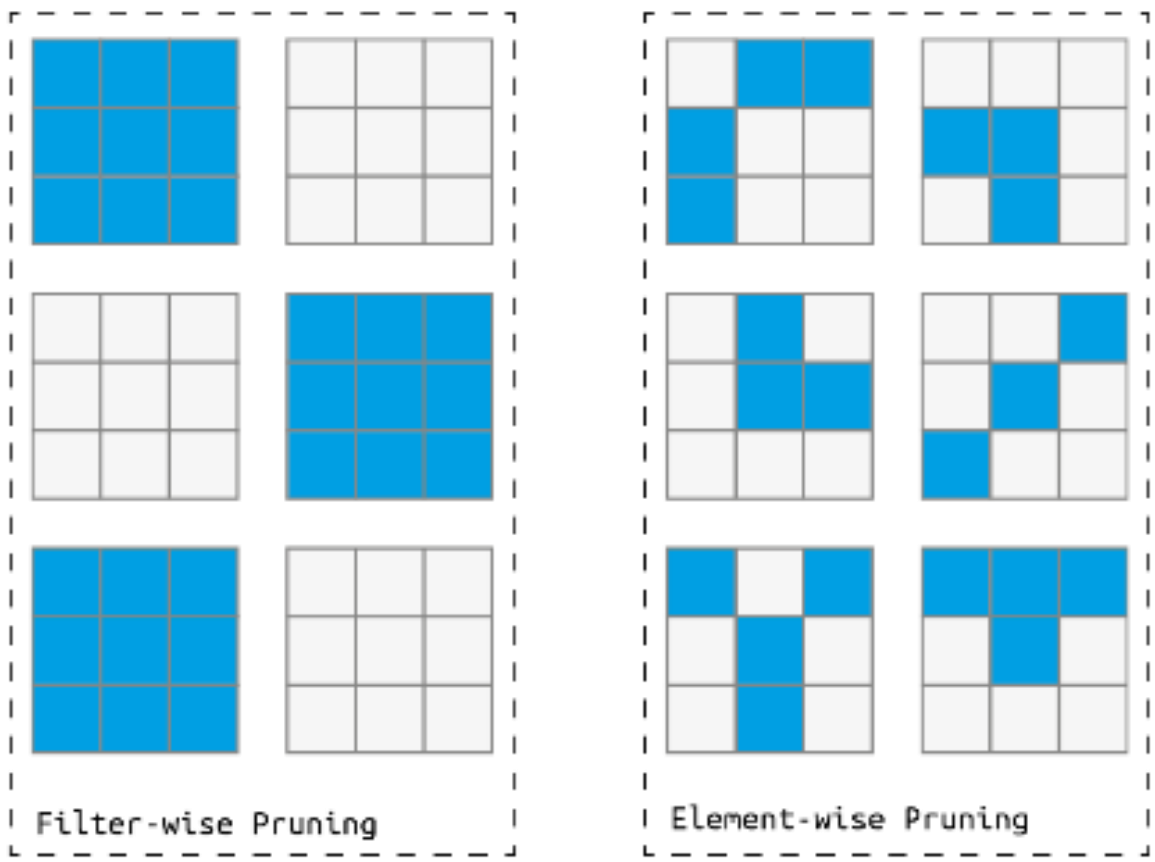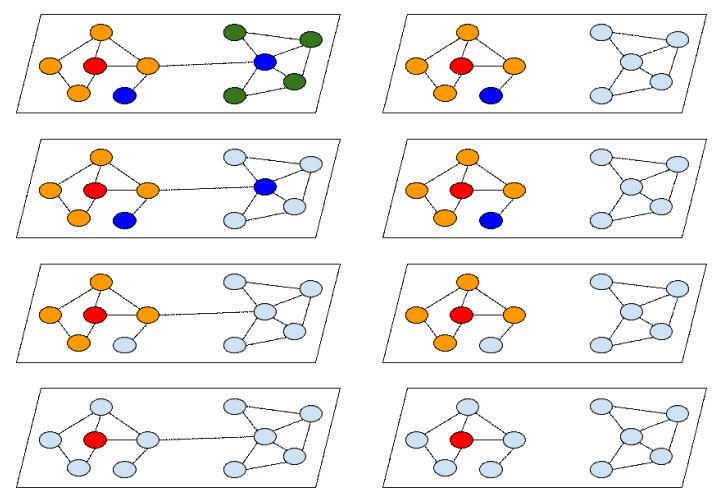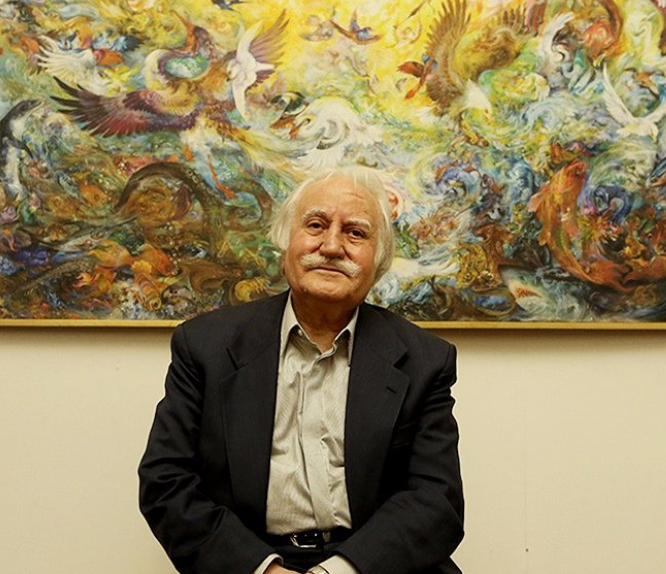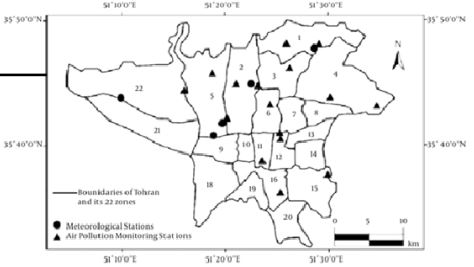NN and Deep Learning
Neural Networks and Deep Learning
Deep learning is a subfield of artificial intelligence (AI) that focuses on training artificial neural networks to learn and make predictions from large amounts of data. It involves the use of multiple layers of interconnected units, known as artificial neurons, to mimic the complex workings of the human brain. Deep learning algorithms have been widely successful in solving a variety of challenging tasks in computer vision, natural language processing, and speech recognition. The following are some popular examples of deep learning techniques:
-
Generative Adversarial Networks (GAN): GANs consist of two neural networks that work together. One network called the generator, creates new data instances that resemble the training data, while the other network called the discriminator, tries to correctly classify whether the generated data is real or fake. By competing against each other, GANs have demonstrated remarkable capabilities in generating realistic images, music, and texts.
-
Object Detection: Deep learning has substantially improved object detection systems by allowing automatic identification and localization of objects within images or videos. Techniques such as region-based convolutional neural networks (RCNN), You Only Look Once (YOLO), and Single Shot MultiBox Detector (SSD) employ deep neural networks to accurately detect and classify objects in real-time.
-
Natural Language Processing (NLP): Deep learning has revolutionized NLP tasks such as machine translation, sentiment analysis, and question answering. Recurrent neural networks (RNNs) and transformers, a type of deep learning architecture, have enabled machines to understand and generate natural language by capturing contextual information and long-term dependencies in text.
-
Speech Recognition: Deep learning-based models like recurrent neural networks, particularly long short-term memory (LSTM), have significantly advanced automatic speech recognition systems. With the power of deep learning, speech recognition technology has become more accurate, enabling applications like voice assistants, transcription services, and real-time language translation.
Deep learning continues to play a transformative role in computer science, enabling computers to perform intricate tasks that were previously considered challenging for machines. As research and advancements in deep learning continue to progress, the scope for its applications in various domains is expanding, leading to significant breakthroughs in AI.
References
2022
2021
2020
2019
2002
-
 A Genetic-Neuro Algorithm for Tiling Problems with Rotation and Reflection of FiguresIranian Journal of Science and Technology, Transaction B, Dec 2002Indexed by ACM
A Genetic-Neuro Algorithm for Tiling Problems with Rotation and Reflection of FiguresIranian Journal of Science and Technology, Transaction B, Dec 2002Indexed by ACM
